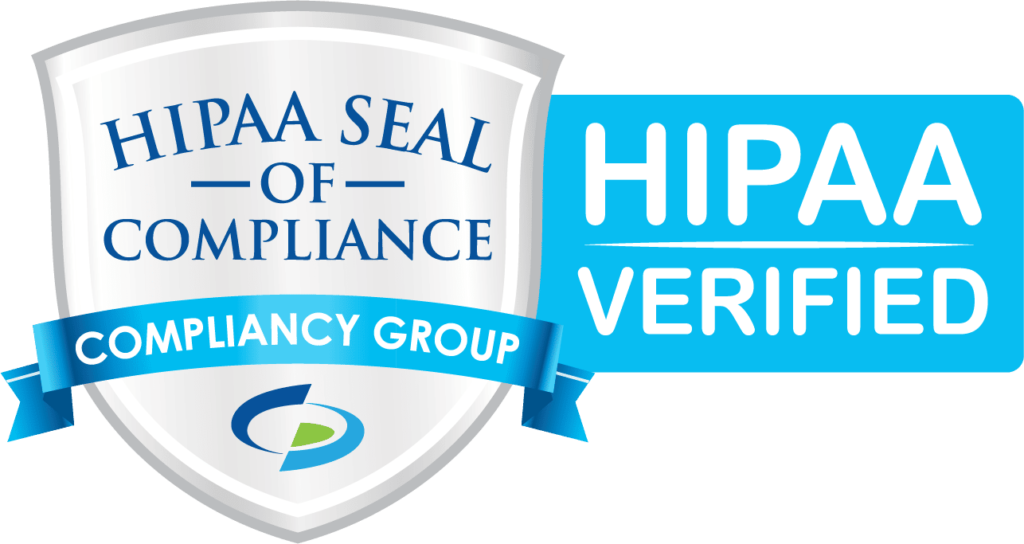When you’re managing a medical team, it’s essential to implement strategies that guarantee ongoing care without compromise. You might wonder how continuous training, effective communication, role clarity, recognition systems, and patient financial management all intertwine to enhance patient care. Each of these strategies plays a unique role in creating a cohesive and efficient team environment. But how do these elements work together, and what specific actions can you take to see real results? By exploring these strategies, you’ll discover insights that could transform your medical team’s approach to patient care.
Continuous Training Initiatives
When it comes to continuous training initiatives in healthcare, these programs play a significant role in enhancing the skills and knowledge of medical staff. By guaranteeing that staff remain updated on the latest best practices and technological advancements, these initiatives contribute notably to improving patient care.
As a member of the healthcare team, engaging in regular workshops and hands-on training sessions allows you to gain practical experience, bolstering your confidence and competence. These sessions are essential for fostering communication skills that are imperative in delivering high-quality care.
Cross-training among team members is another important aspect of continuous training. This approach encourages a deeper understanding of diverse roles within the healthcare team, promoting collaboration and efficiency. By understanding each other’s responsibilities, you enhance communication and teamwork, leading to more coordinated and effective patient care.
Moreover, access to professional development resources, such as online courses and certifications, empowers you to further your expertise and career growth. Ongoing check-ins and assessments of workloads also play a significant role in identifying training needs and addressing potential burnout.
Effective Communication Practices
Effective communication practices are the backbone of successful healthcare delivery. They guarantee that you and your team can prevent significant medical errors and enhance patient safety. Open communication among team members is essential; it fosters trust and lays the groundwork for effective collaboration. Without it, even the best-laid plans can falter due to misunderstandings or miscommunications.
Regular team meetings and check-ins play a pivotal role in maintaining an open dialogue. These sessions allow you to share ideas and insights, thereby strengthening team dynamics and making sure everyone is on the same page.
Furthermore, implementing feedback mechanisms, such as job satisfaction surveys, gives team members a platform to voice concerns and propose improvements. This not only boosts morale but also reinforces trust among colleagues.
Incorporating both written and verbal communication methods, along with training in effective communication skills, can drastically reduce misunderstandings. Encouraging active listening and respecting diverse viewpoints further enhance interpersonal relationships within the team.
Role Clarity and Management
How do clearly defined roles contribute to a medical team’s success? They prevent confusion, enhance accountability, and streamline workflow, greatly improving patient care. When each staff member understands their roles and responsibilities, they can focus on their tasks without overlap, leading to a more efficient medical team.
Regularly reviewing and updating job descriptions guarantees that workloads align with team members’ capabilities, fostering a positive work environment. This clarity not only enhances individual performance but also boosts mutual respect among staff, as everyone knows who handles what.
Key performance indicators (KPIs) serve as objective benchmarks for evaluating individual contributions. By establishing these KPIs, you guarantee that each role is linked to measurable outcomes, facilitating ongoing improvements in care delivery.
Incorporating private performance reviews offers constructive feedback, helping team members recognize their strengths and areas for growth. This encourages autonomy, where staff take ownership of their responsibilities, leading to higher job satisfaction and better patient outcomes.
Effective communication and occasional team-building activities further solidify role clarity, promoting a cohesive unit where each member is valued and heard. With these strategies, your medical team can maintain a high standard of care and efficiency.
Recognition and Reward Systems
Building on the foundation of clearly defined roles, recognition and reward systems play a pivotal role in sustaining a motivated and high-performing medical team. Implementing a structured recognition program can boost employee engagement by up to 55%, creating a positive work environment that nurtures high performance.
For healthcare teams, establishing clear thresholds for key performance indicators (KPIs) is essential. These benchmarks help team members understand the criteria for recognition, motivating them to aim for specific goals.
Regularly acknowledging individual and team achievements can lead to a 20% increase in productivity. When team members feel valued and appreciated, their contributions resonate more markedly within the team dynamics. Verbal praise, awards, and incentives are effective methods for recognizing outstanding contributions, enhancing employee morale and fostering a culture of appreciation.
Furthermore, cultivating an environment where colleagues celebrate each other’s successes strengthens team dynamics and encourages collaboration. This supportive atmosphere not only boosts morale but also leads to improved overall job satisfaction.
In healthcare teams, where collaboration is critical, such recognition systems can create a cohesive unit, driving both individual and collective success toward the overarching goals of excellent patient care and ongoing team development.
Patient Financial Management
In today’s healthcare landscape, patient financial management is essential for guaranteeing both patient satisfaction and the financial stability of medical practices. Clear communication about financial obligations is key. When you provide written estimates for services, patients better understand their responsibilities, which builds trust in your healthcare team.
Training sessions for your staff on financial discussions guarantee they’re equipped to handle these matters consistently and accurately, enhancing patient engagement and satisfaction.
Implementing flexible payment plans is another strategy that accommodates diverse patient needs. These plans not only boost patient satisfaction but also help reduce delinquent accounts. To streamline the process, consider utilizing technology like automated billing reminders and electronic payment systems, which make the collection process more efficient and less confusing for patients.
Your team should stay proactive by regularly reviewing accounts receivable and implementing strategic collection efforts. This approach minimizes outstanding debts and strengthens the financial foundation of your practice.
Clear communication, coupled with effective strategies, leads to excellent patient experiences and financial health. By prioritizing these tactics, you create a supportive environment that fosters both patient trust and practice sustainability.
Conclusion
By integrating continuous training, you guarantee your medical team stays updated on the latest advancements. Encourage effective communication to foster collaboration and minimize errors. Clearly define roles to boost accountability and enhance teamwork. Implement recognition and reward systems to motivate staff and elevate productivity. Finally, improve patient financial management with transparent communication and flexible payment options to build trust. Together, these strategies enhance care quality and create a supportive, patient-focused environment.



